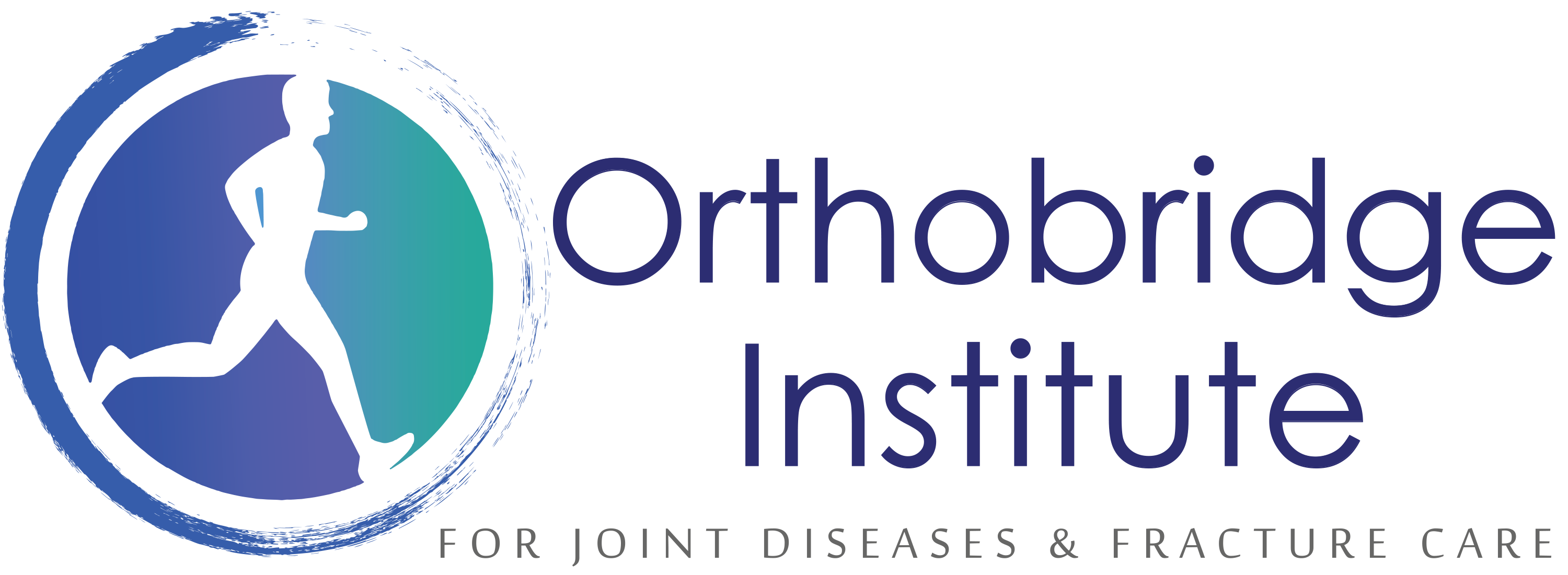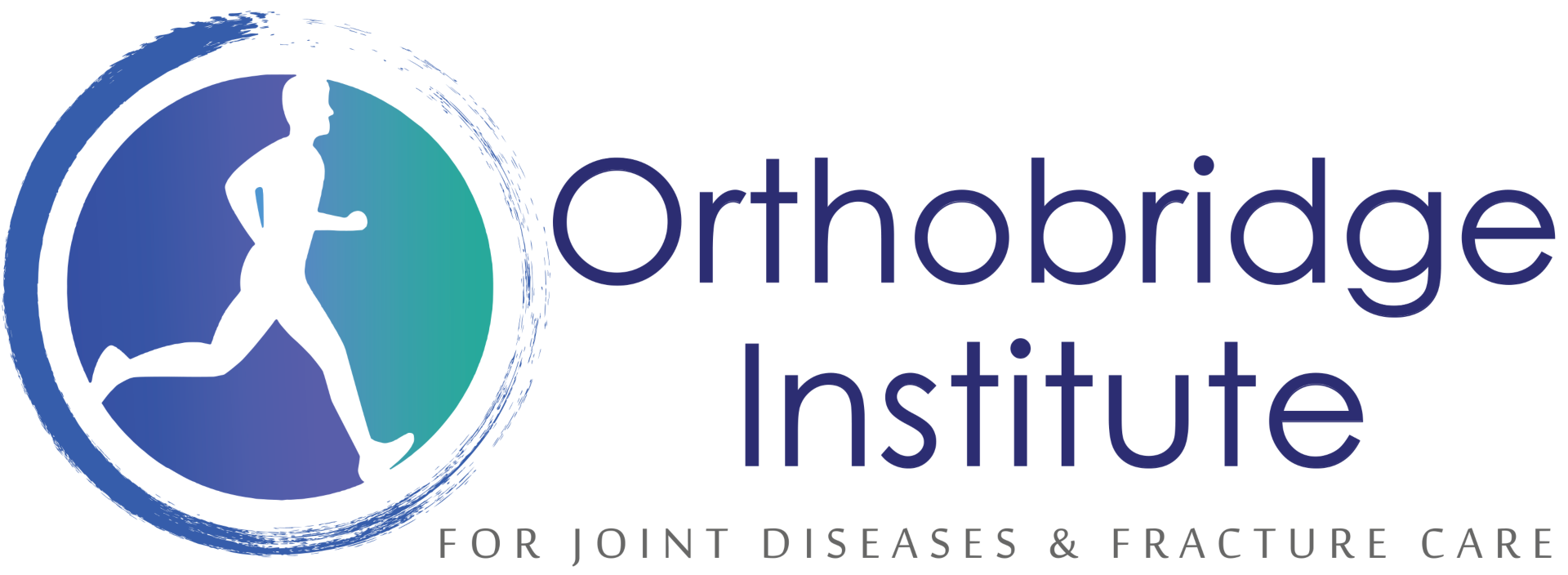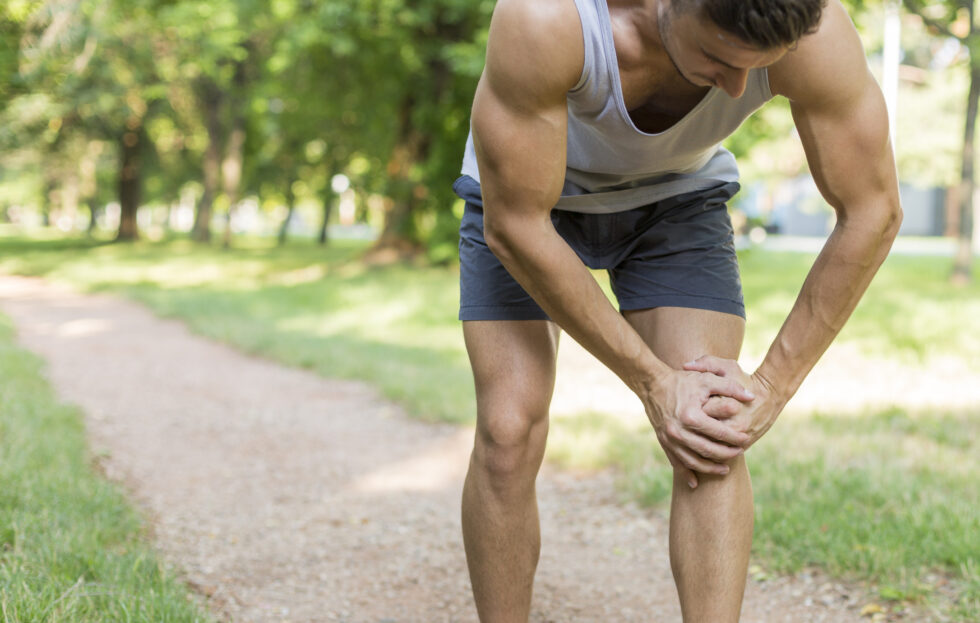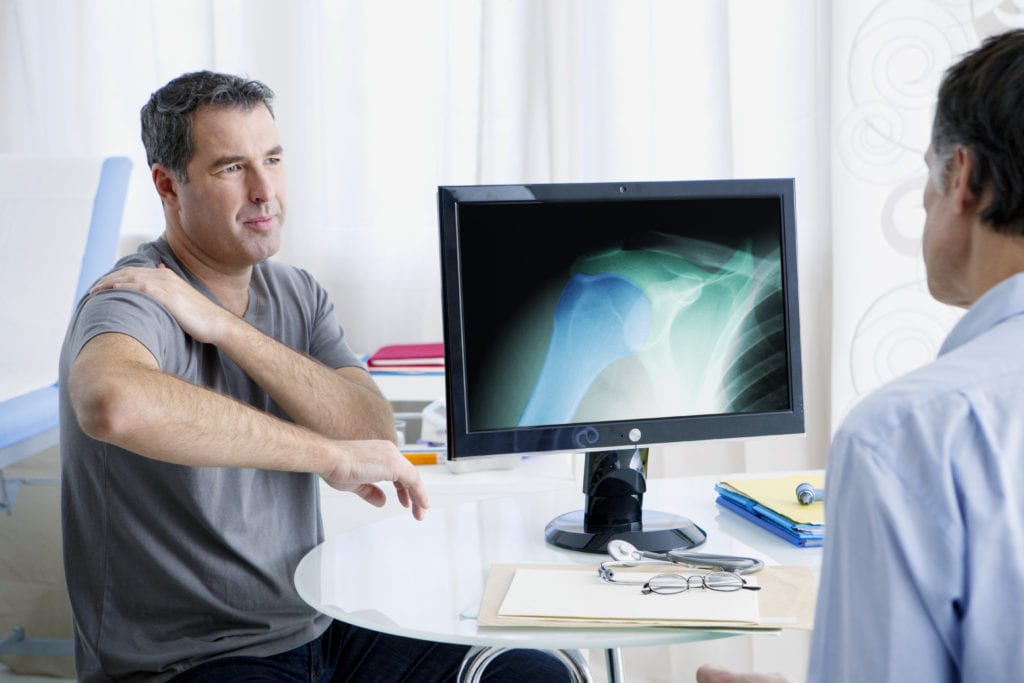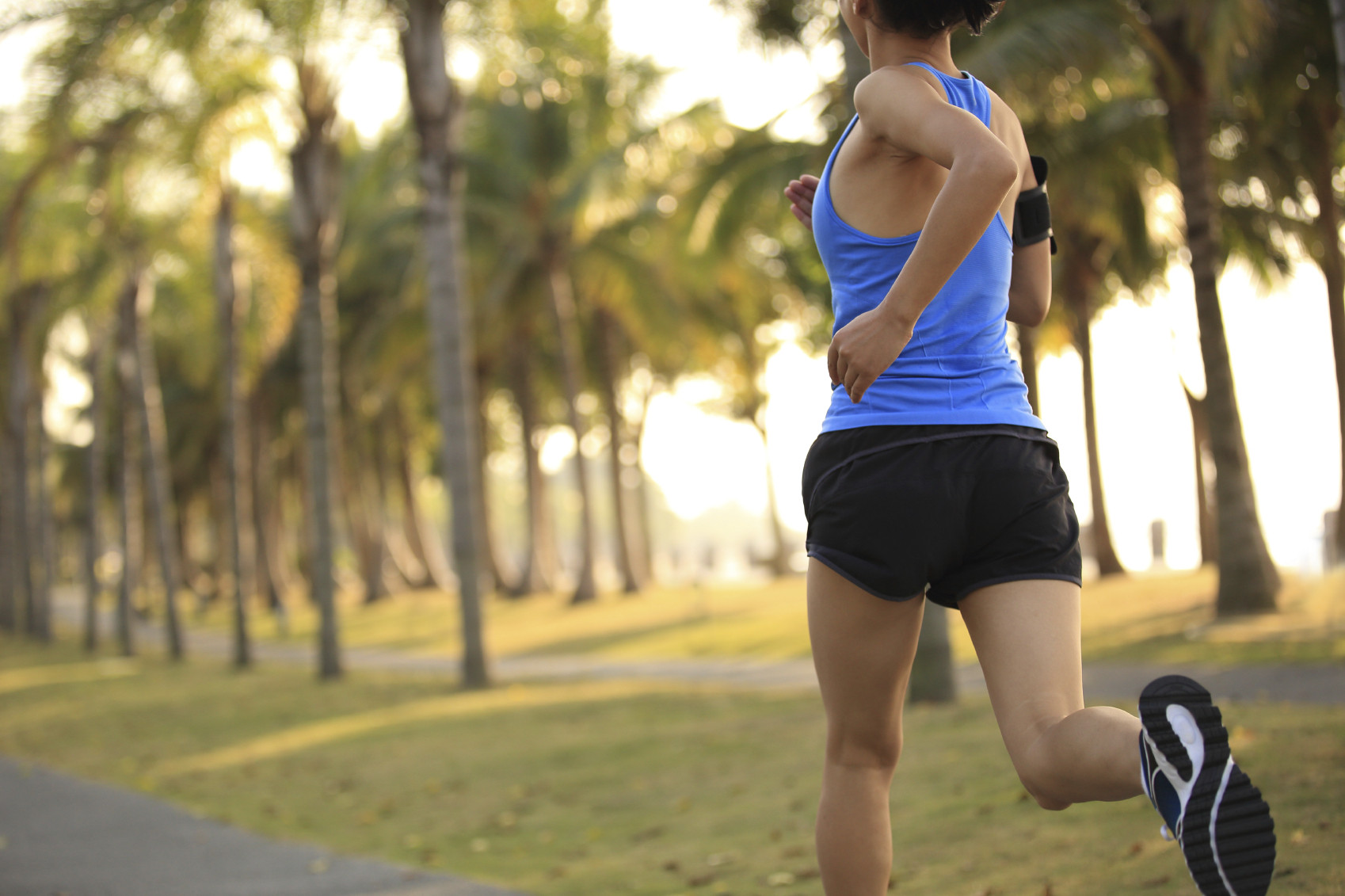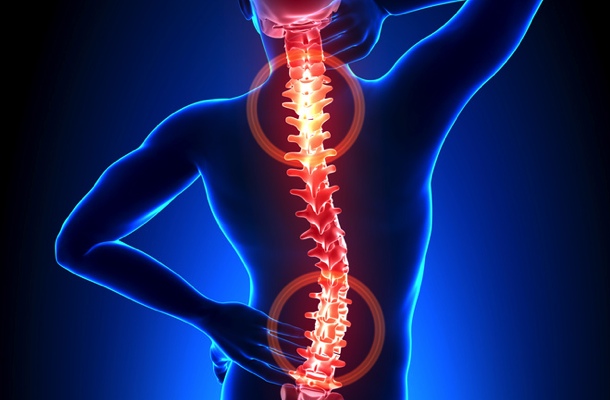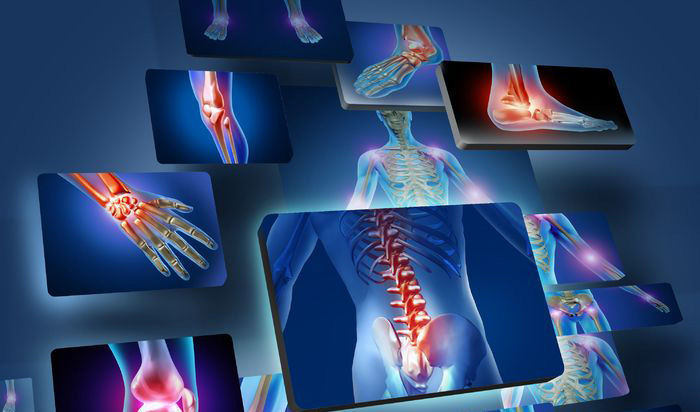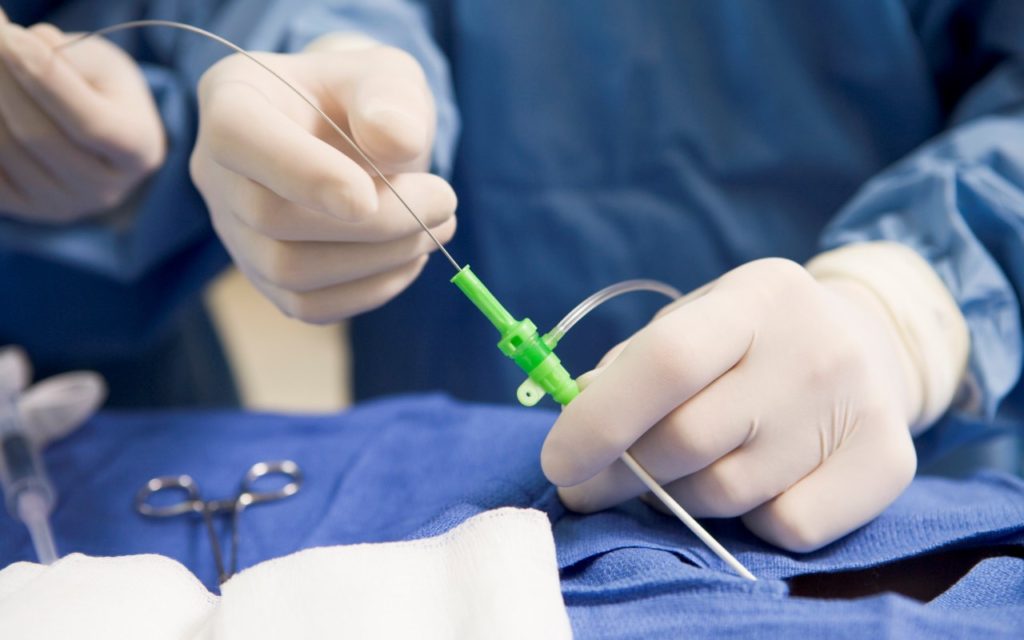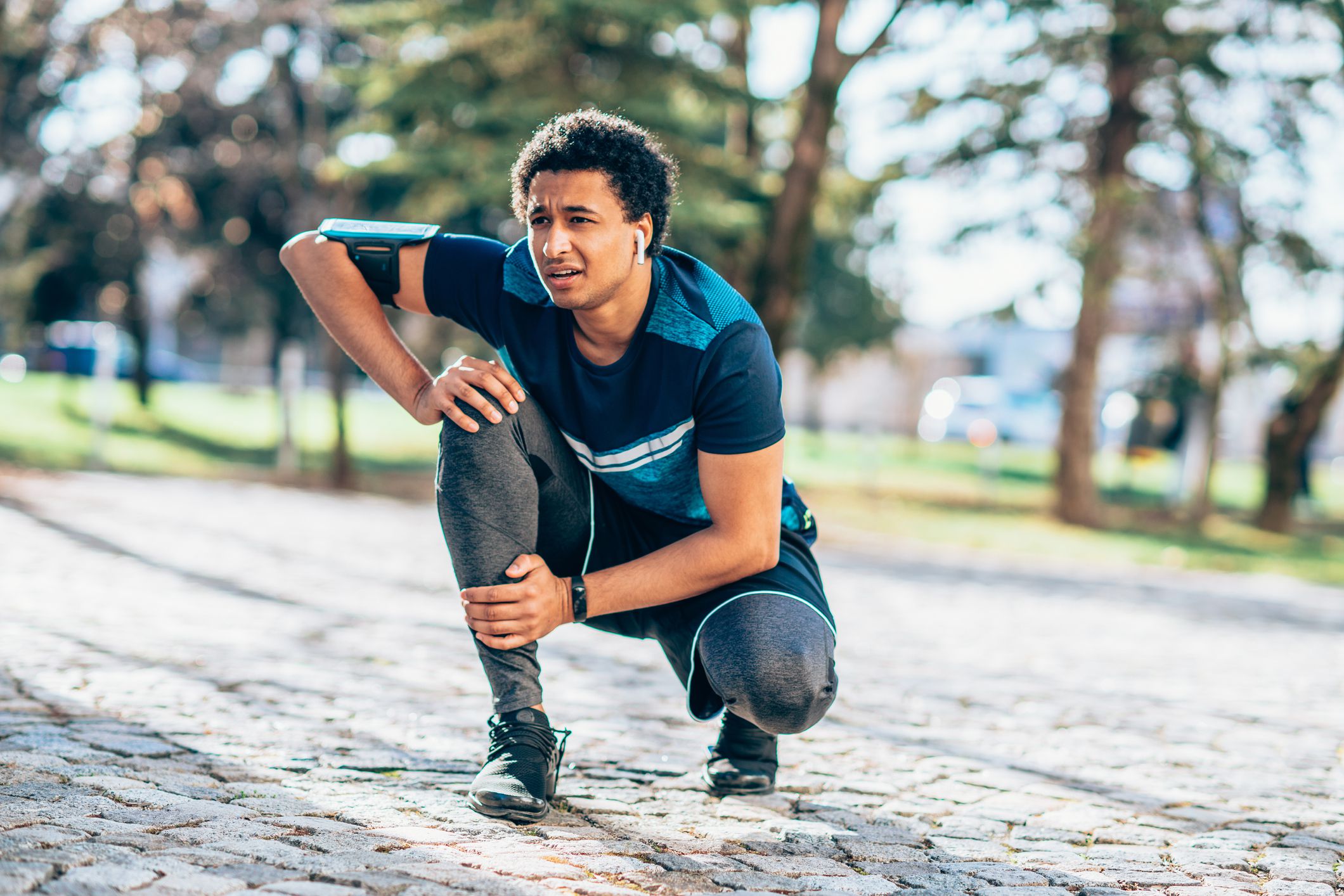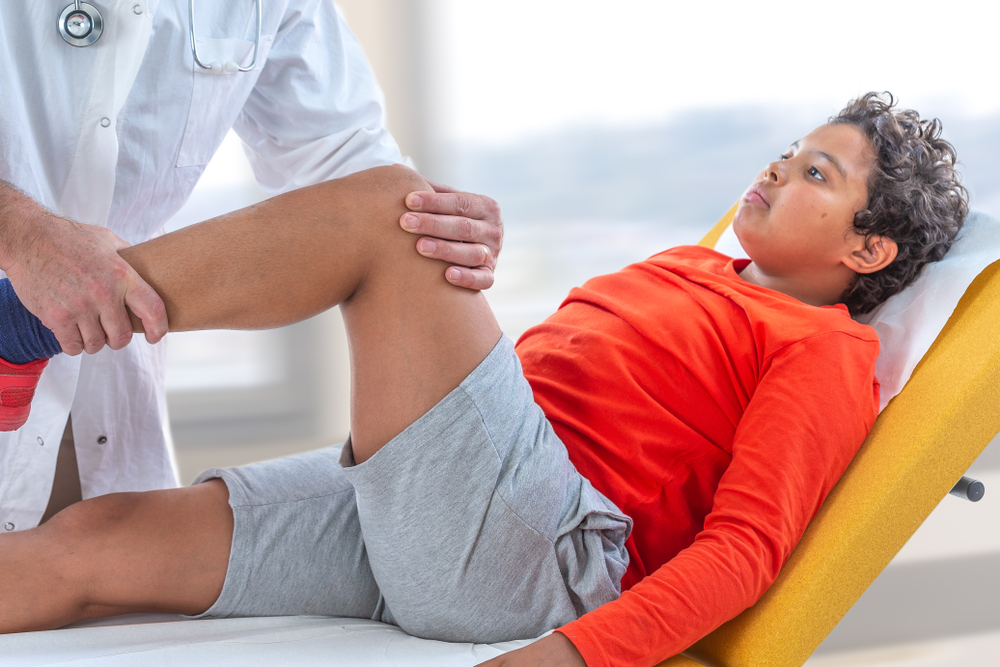Common symptoms include acute pain in the lower abdomen and groin, discomfort while sitting or standing straight, and swelling. However, symptoms can vary between males and females.
A sports hernia is an injury that typically affects athletes who play high intensity sports requiring sudden changes of direction or twisting movements. A sports hernia happens when the muscles, ligaments, and tendons in the lower abdomen and groin region become strained or torn.
Doctors
A sports hernia may also lead to a traditional inguinal hernia. This occurs when tissue pushes through an opening in the lower abdominal wall, resulting in further pain and discomfort.
Read on to learn more about sports hernia symptoms and how they may differ between males and femaly
Smptoms
The main
It may begin with a slow onset of aching pain that gradually worsens. If an acute injury occurs, there will usually be severe pain in the groin area.
The pain and tenderness typically focus around the pubic tubercle, the bony prominence in the front of the pubic bone. However, the pain may radiate to the point where the adductor longus tendon inserts into the pubic bone, or just below the groin crease.
People may also experience pain while twisting, lifting their legs, bending forward, coughing, and sneezing. Even modest daily movements, such as sitting up or walking, can cause discomfort.
A person may also experience neurological symptoms, such as shock, burning, or electrical pain in the groin that worsens with coughing or sneezing.
There are significant differences in the frequency, duration, and intensity of symptoms. For example, some people have continuous pain, while others only experience pain during or after activity.
Unlike an inguinal hernia, a sports hernia does not cause a visible bulge in the groin.
An
Male vs. female symptoms
Sports hernias are
Symptoms and surgical results are similar across populations, but the location of the pain can vary.
Males often experience lower abdomen and groin pain that can radiate to the lower back, perineum, testicles, or scrotum. In comparison, females often experience a burning sensation at the pubis, which is the bottom center of the pelvis.
Furthermore, research has shown that the condition is often
It is also important to note that doctors may find sports hernias more challenging to diagnose in females. Many other conditions, such as ovarian cysts, pelvic inflammatory disease, or endometriosis, can cause similar symptoms, so misdiagnosis is common.
Therefore, if a person thinks they have a sports hernia, they should receive a proper diagnosis from an experienced sports medicine doctor.
Learn more about sports medicine and fitness here.

Diagnosis
Doctors base their diagnosis on an individual’s medical history and physical symptoms. They may also order imaging tests such as X-rays or magnetic resonance imaging (MRI) scans.
The doctor will discuss the person’s symptoms and enquire about any sporting activity and injuries.
During the physical examination, the doctor may ask the person to perform a sit-up or flex their torso against resistance. If the person has a sports hernia, these tests are painful. A common sign of a sports hernia is pain while performing a resisted sit-up.
People who experience sports hernia symptoms should contact a doctor for further evaluation. It is important to receive a proper diagnosis and treatment as soon as possible, as sports hernias can worsen and become chronic.
A sports medicine doctor can diagnose and treat sports hernia symptoms. They can recommend the most appropriate treatment option and advise returning to sports activities without further injury or pain.
An individual should listen to a doctor’s recommendations regarding rest and activity levels to ensure a full recovery from a sports hernia.
Summary
Sports hernias occur when the soft tissues of the lower abdomen or groin tear, causing pain and discomfort. These injuries are common among people who perform sports or activities that involve sudden movements and turns.
Symptoms include intense pain that gradually becomes a dull ache. Pain may worsen when coug
activity levels to ensure a full recovery from a sports hernia.
hing, sneezing, or lifting heavy objects. Diagnosis may involve physical examinations, imaging tests, such as X-ray or MRI scans, and ruling out other potential causes of pain.
People who experience sports hernia symptoms should contact a sports medicine doctor for further evaluation and treatment.
